What Is Your Favorite Natural Satellite?

what is your favorite natural satellite?
More Posts from Sergioballester-blog and Others



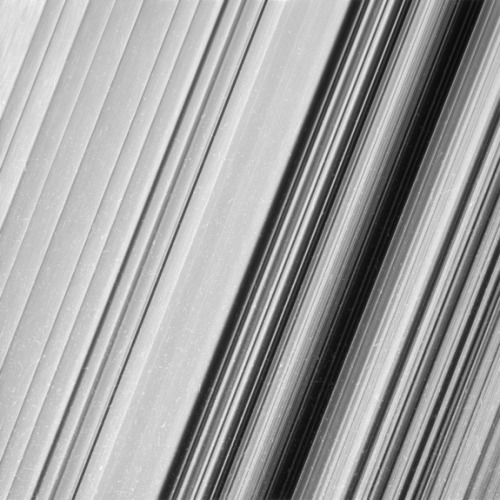
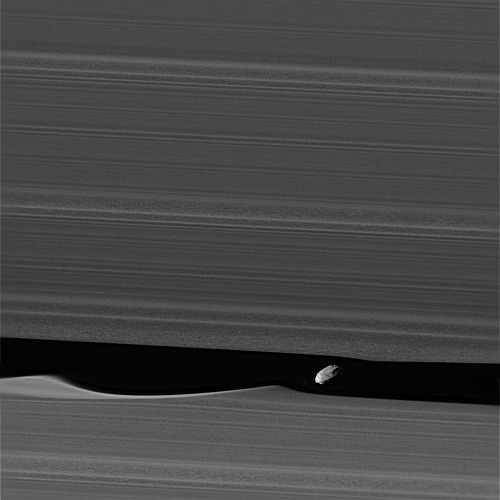
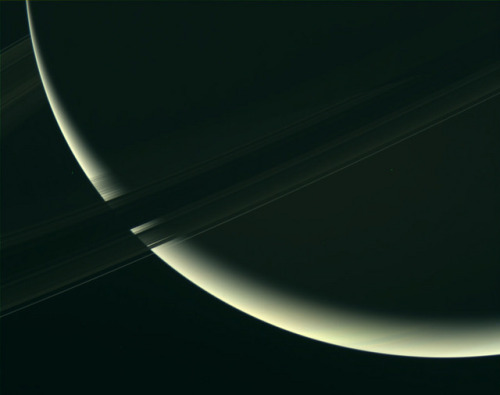
In Cassini’s final days, it is sweeping through dramatic, close flybys of Saturn’s rings
(Image credit: NASA/JPL-Caltech/Space Science Institute)
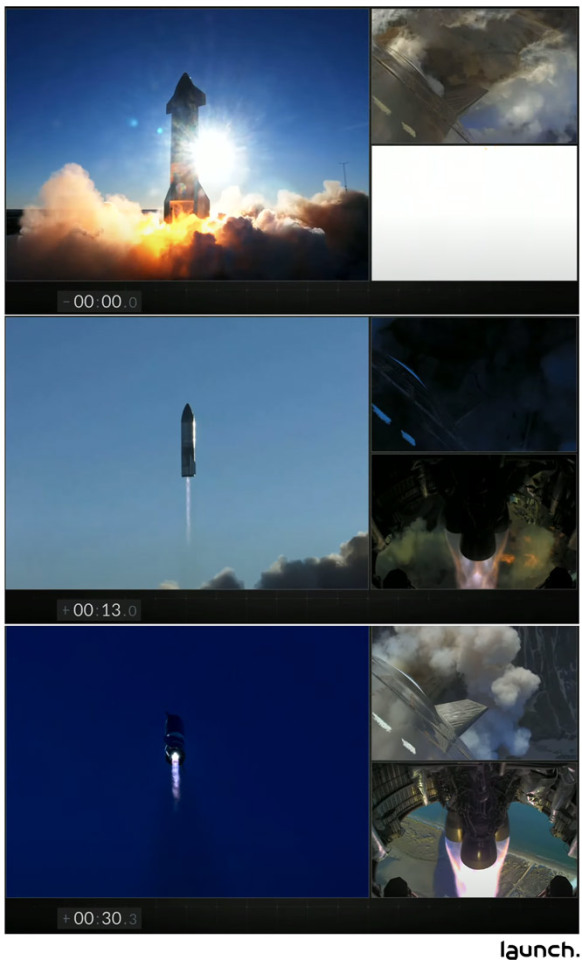
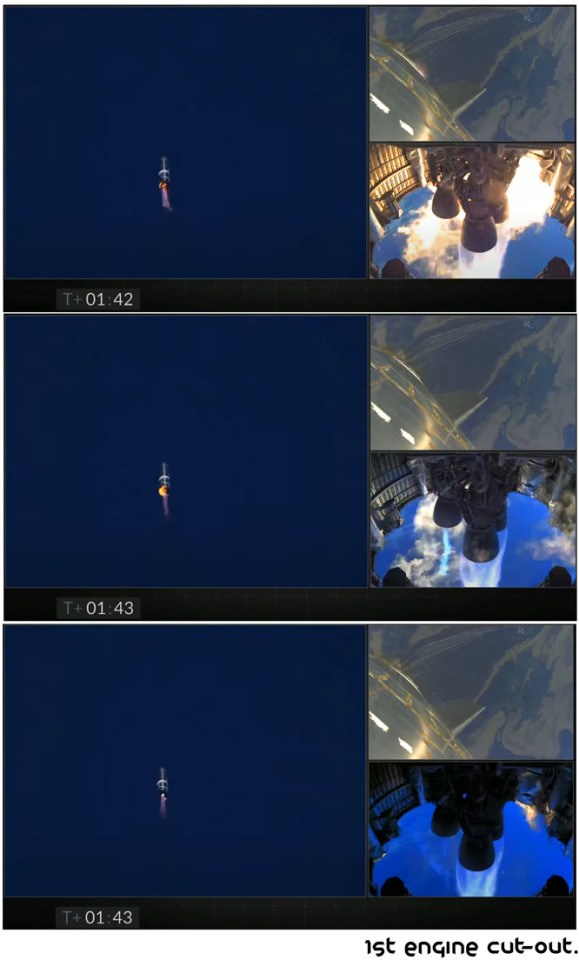
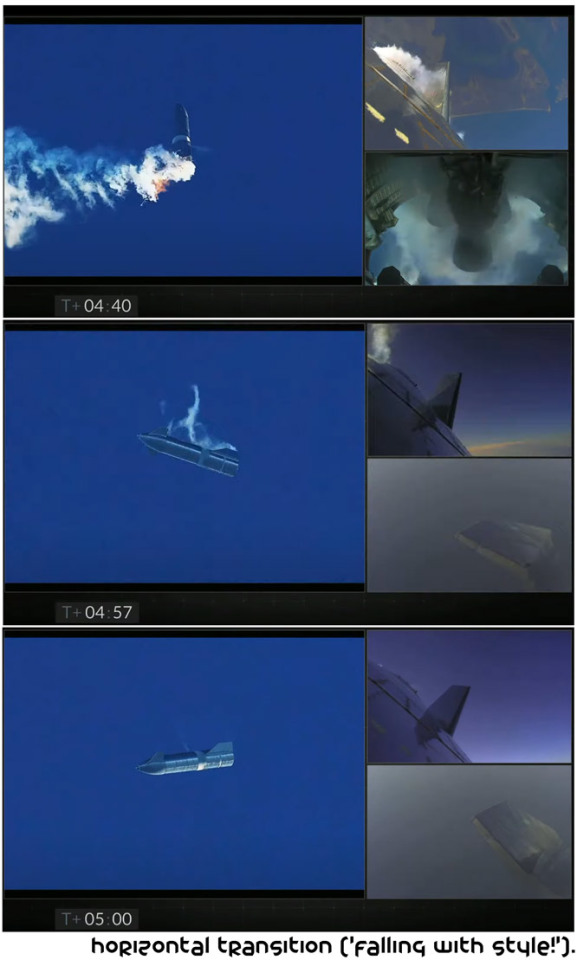
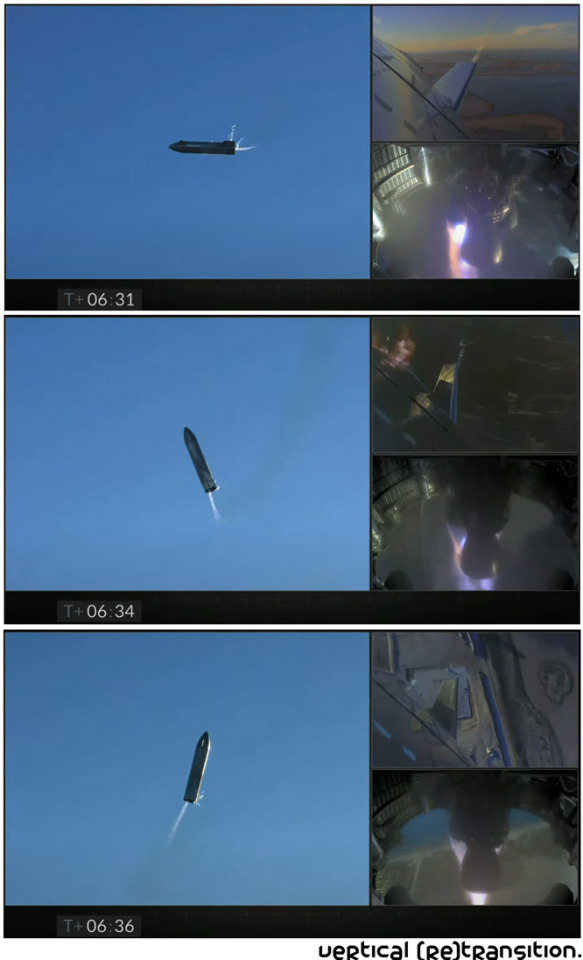
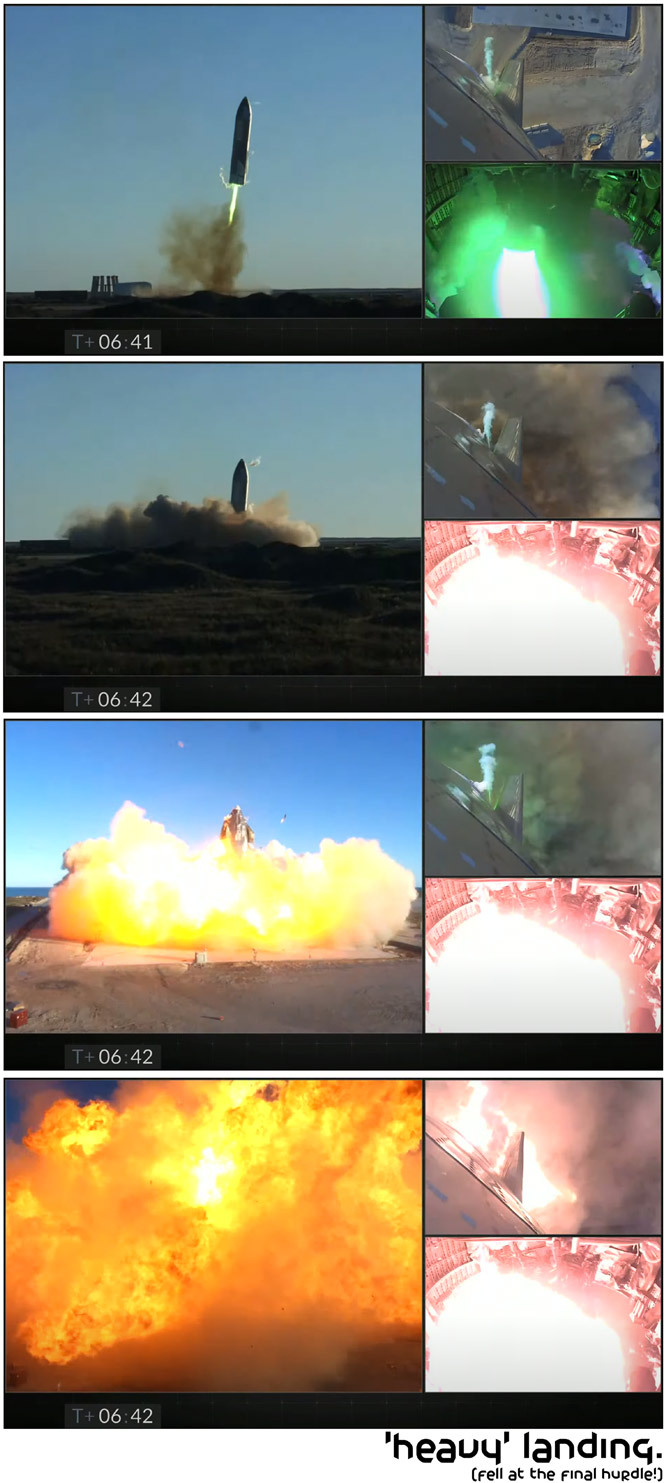
The historic - and, rather eventful - test flight of the SpaceX SN8 prototype. In spite of its heavy landing and subsequent destruction of the craft, I think in most other respects, it was a resounding success.

by NASA’s Juno spacecraft.





Storm Clouds of Jupiter









Grand Jupiter

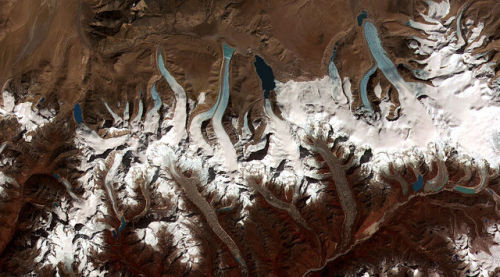
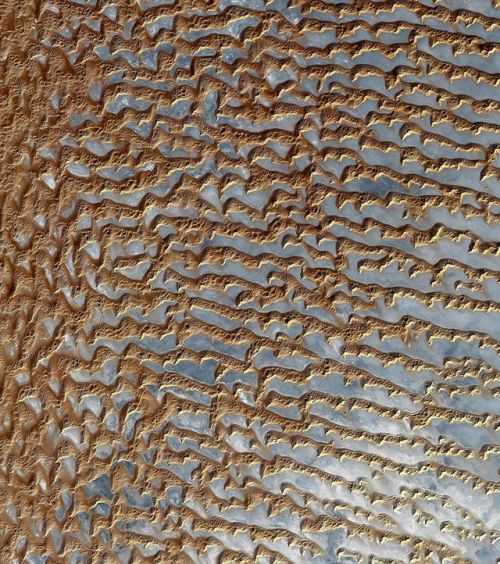
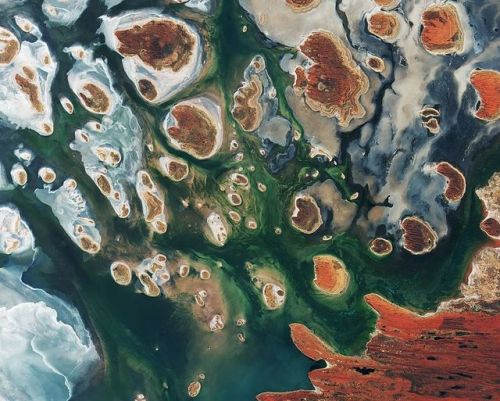
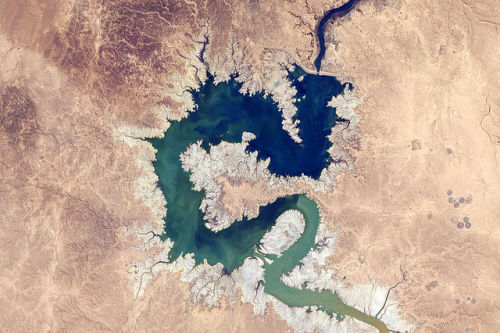
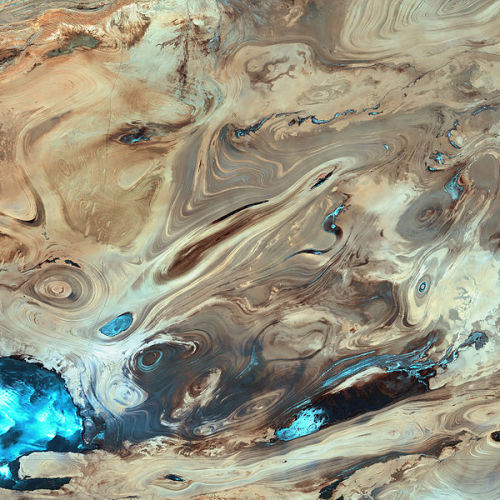
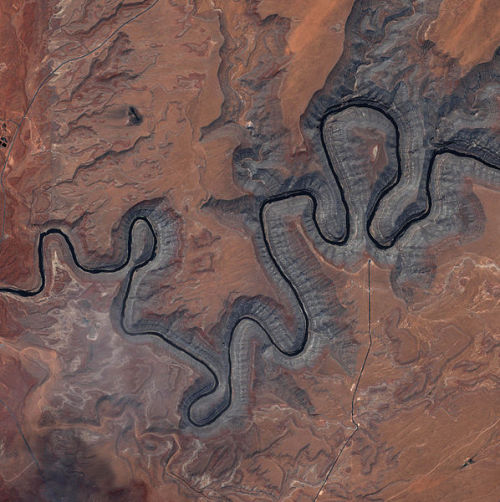
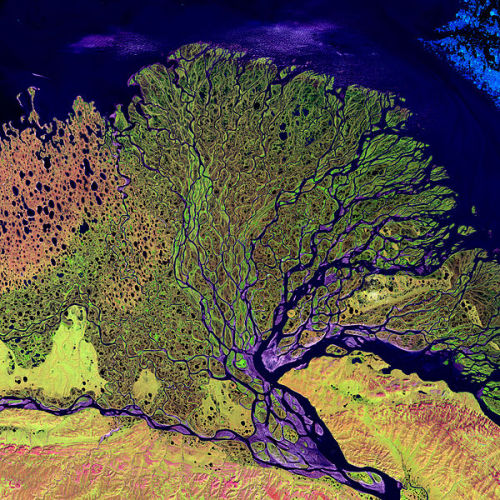
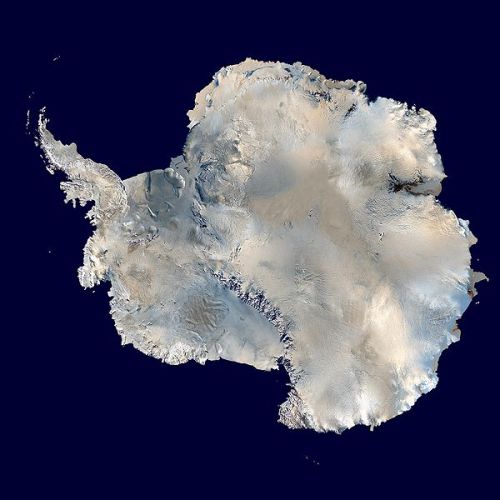
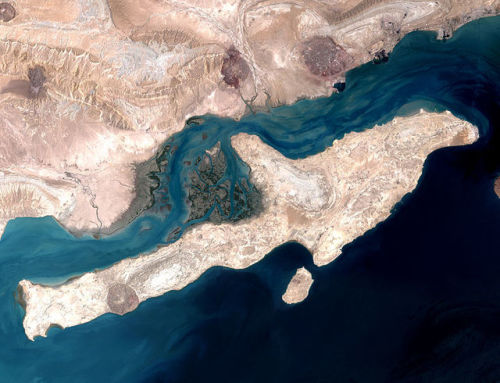
Earth images photographed by satellites and the International Space Station
images
NASA’s Search for Life: Astrobiology in the Solar System and Beyond
Are we alone in the universe? So far, the only life we know of is right here on Earth. But here at NASA, we’re looking.

We’re exploring the solar system and beyond to help us answer fundamental questions about life beyond our home planet. From studying the habitability of Mars, probing promising “oceans worlds,” such as Titan and Europa, to identifying Earth-size planets around distant stars, our science missions are working together with a goal to find unmistakable signs of life beyond Earth (a field of science called astrobiology).
Dive into the past, present, and future of our search for life in the universe.

Mission Name: The Viking Project
Launch: Viking 1 on August 20, 1975 & Viking 2 on September 9, 1975
Status: Past
Role in the search for life: The Viking Project was our first attempt to search for life on another planet. The mission’s biology experiments revealed unexpected chemical activity in the Martian soil, but provided no clear evidence for the presence of living microorganisms near the landing sites.

Mission Name: Galileo
Launch: October 18, 1989
Status: Past
Role in the search for life: Galileo orbited Jupiter for almost eight years, and made close passes by all its major moons. The spacecraft returned data that continues to shape astrobiology science –– particularly the discovery that Jupiter’s icy moon Europa has evidence of a subsurface ocean with more water than the total amount of liquid water found on Earth.

Mission Name: Kepler and K2
Launch: March 7, 2009
Status: Past
Role in the search for life: Our first planet-hunting mission, the Kepler Space Telescope, paved the way for our search for life in the solar system and beyond. Kepler left a legacy of more than 2,600 exoplanet discoveries, many of which could be promising places for life.

Mission Name: Perseverance Mars Rover
Launch: July 30, 2020
Status: Present
Role in the search for life: Our newest robot astrobiologist is kicking off a new era of exploration on the Red Planet. The rover will search for signs of ancient microbial life, advancing the agency’s quest to explore the past habitability of Mars.

Mission Name: James Webb Space Telescope
Launch: 2021
Status: Future
Role in the search for life: Webb will be the premier space-based observatory of the next decade. Webb observations will be used to study every phase in the history of the universe, including planets and moons in our solar system, and the formation of distant solar systems potentially capable of supporting life on Earth-like exoplanets.

Mission Name: Europa Clipper
Launch: Targeting 2024
Status: Future
Role in the search for life: Europa Clipper will investigate whether Jupiter’s icy moon Europa, with its subsurface ocean, has the capability to support life. Understanding Europa’s habitability will help scientists better understand how life developed on Earth and the potential for finding life beyond our planet.

Mission Name: Dragonfly
Launch: 2027
Status: Future
Role in the search for life: Dragonfly will deliver a rotorcraft to visit Saturn’s largest and richly organic moon, Titan. This revolutionary mission will explore diverse locations to look for prebiotic chemical processes common on both Titan and Earth.
For more on NASA’s search for life, follow NASA Astrobiology on Twitter, on Facebook, or on the web.
Make sure to follow us on Tumblr for your regular dose of space!

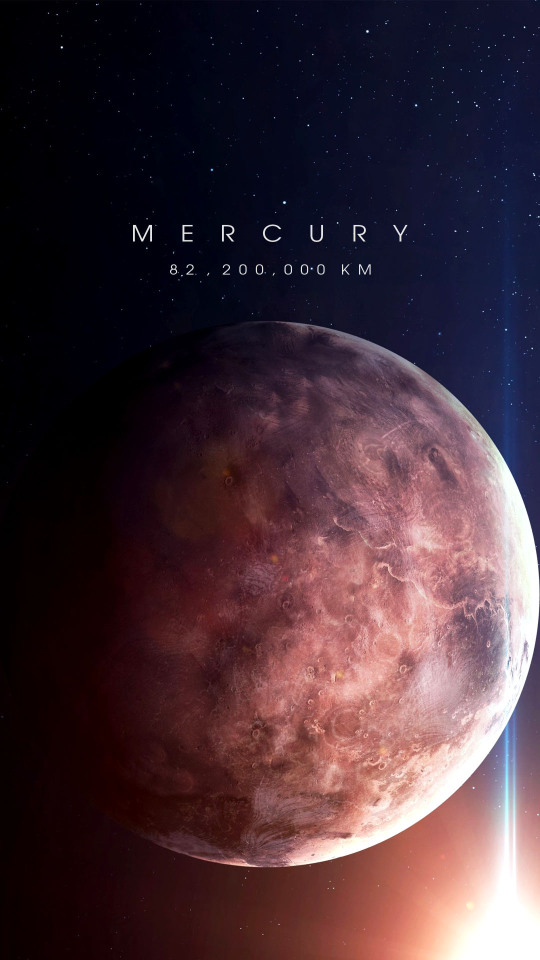



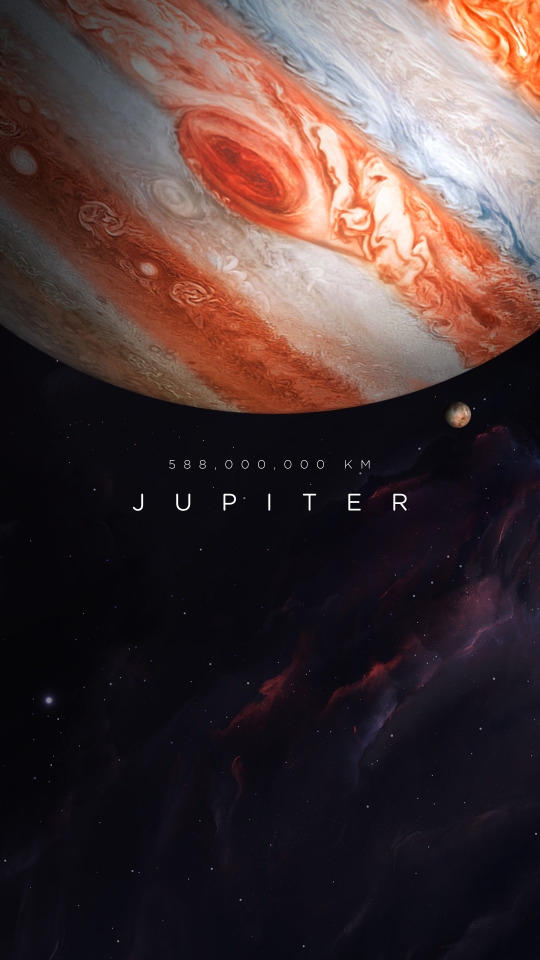
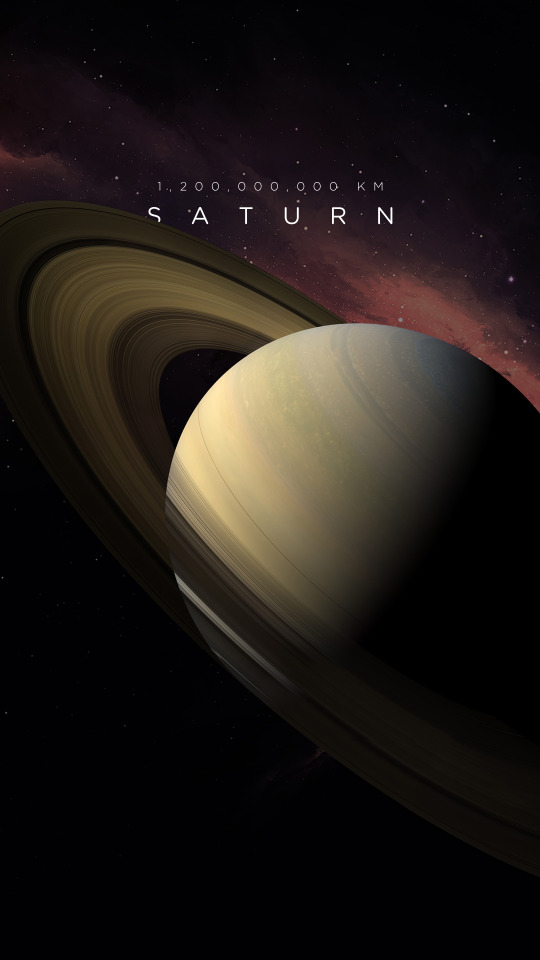
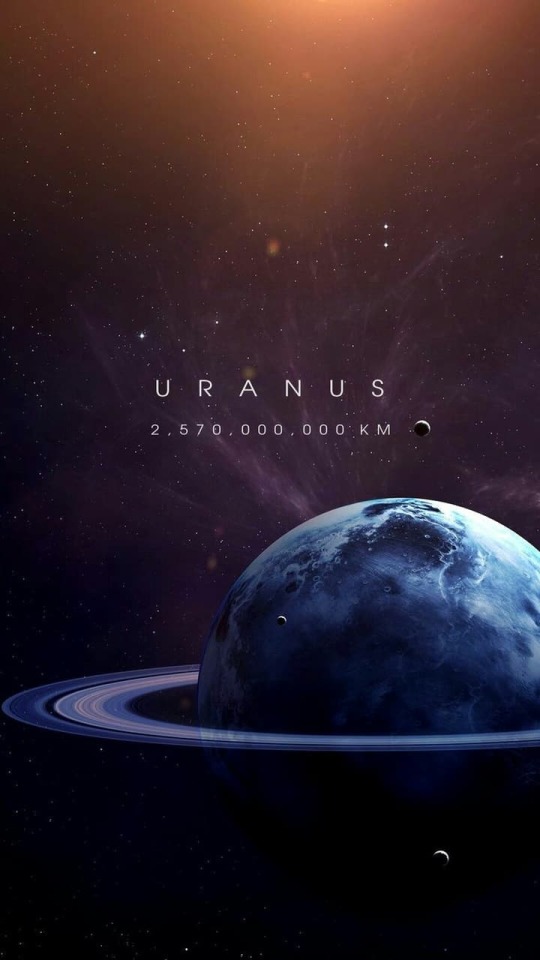

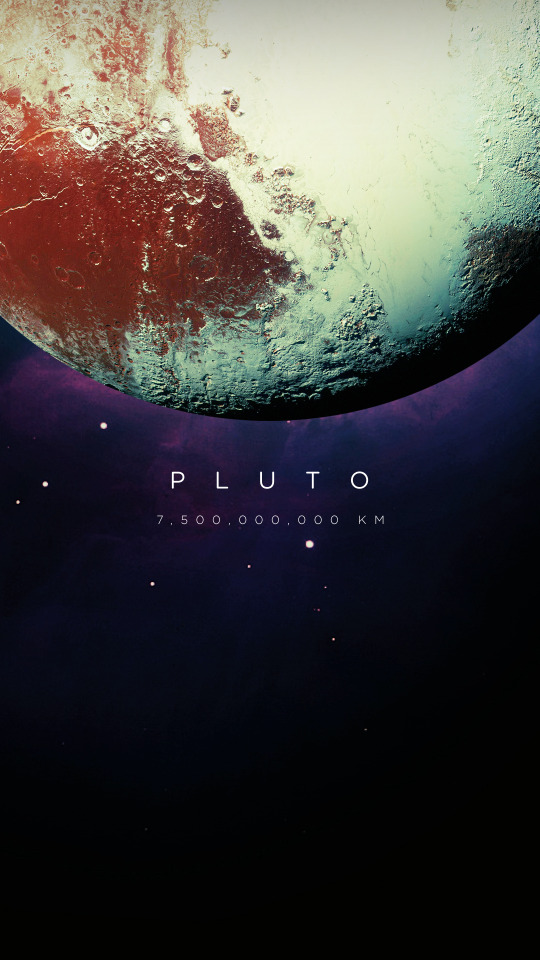
Our Amazing Solar System
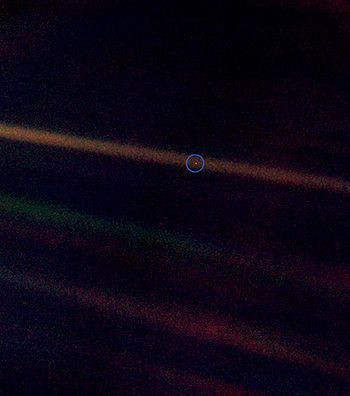
The Pale Blue Dot
The “Pale Blue Dot” is a photograph of planet Earth taken in 1990 by Voyager 1 from a record distance, showing it against the vastness of space.
By request of Carl Sagan, NASA commanded the Voyager 1 spacecraft, having completed its primary mission and now leaving the Solar System, to turn its camera around and to take a photograph of Earth across a great expanse of space. Reflecting on this picture (now considered one of the most important pictures in all of human history) Carl Sagan said:
“From this distant vantage point, the Earth might not seem of particular interest. But for us, it’s different. Consider again that dot. That’s here, that’s home, that’s us. On it everyone you love, everyone you know, everyone you ever heard of, every human being who ever was, lived out their lives. The aggregate of our joy and suffering, thousands of confident religions, ideologies, and economic doctrines, every hunter and forager, every hero and coward, every creator and destroyer of civilization, every king and peasant, every young couple in love, every mother and father, hopeful child, inventor and explorer, every teacher of morals, every corrupt politician, every “superstar,” every “supreme leader,” every saint and sinner in the history of our species lived there – on a mote of dust suspended in a sunbeam.
The Earth is a very small stage in a vast cosmic arena. Think of the rivers of blood spilled by all those generals and emperors so that, in glory and triumph, they could become the momentary masters of a fraction of a dot. Think of the endless cruelties visited by the inhabitants of one corner of this pixel on the scarcely distinguishable inhabitants of some other corner, how frequent their misunderstandings, how eager they are to kill one another, how fervent their hatreds.
Our posturings, our imagined self-importance, the delusion that we have some privileged position in the Universe, are challenged by this point of pale light. Our planet is a lonely speck in the enveloping cosmic dark. In our obscurity, in all this vastness, there is no hint that help will come from elsewhere to save us from ourselves.
The Earth is the only world known so far to harbor life. There is nowhere else, at least in the near future, to which our species could migrate. Visit, yes. Settle, not yet. Like it or not, for the moment the Earth is where we make our stand.
It has been said that astronomy is a humbling and character-building experience. There is perhaps no better demonstration of the folly of human conceits than this distant image of our tiny world. To me, it underscores our responsibility to deal more kindly with one another, and to preserve and cherish the pale blue dot, the only home we’ve ever known.”










Pluto’s Surface Changes Faster Than Earth’s, And A Subsurface Ocean Is Driving It
“These mountains aren’t static and stable, but rather are temporary water-ice mountains atop a volatile, nitrogen sea. The evidence for this comes from multiple independent observations. The mountains only appear between the hilly highlands, after the edge of a basin rim, and young plains with flowing canals. These young plains occur in Pluto’s heart-shaped lobe, which itself was caused by an enormous impact crater. Only a subsurface, liquid water ocean beneath the crust could cause the uplift we then see, leaving the nitrogen to fill it in.”
In July of 2015, NASA’s New Horizons Mission arrived at Pluto, photographing the world at the highest resolution ever, with some places getting as up-close as just 80 meters (260 feet) per pixel. Not bad for a world more than 3 billion miles (5 billion kilometers) from home! What we’ve learned is breathtaking. Rather than a static, frozen world, we found one with tons of evidence for active, interior geology, as well as with a changing surface that renews itself and undergoes cycles, quite unexpectedly to many. There’s also not an enormous heart, but rather a massive, volatile-filled crater that caused Pluto to tip over at least once in its past, and may yet cause it to tip over again in the near future.
If you ever wanted to know how these distant, icy worlds come alive, there’s never been a better way to find out than in the aftermath of what New Horizons taught us!
-
 brxin-fxcked reblogged this · 1 year ago
brxin-fxcked reblogged this · 1 year ago -
 brxin-fxcked liked this · 1 year ago
brxin-fxcked liked this · 1 year ago -
 cordelia-herondale reblogged this · 1 year ago
cordelia-herondale reblogged this · 1 year ago -
 cordelia-herondale liked this · 1 year ago
cordelia-herondale liked this · 1 year ago -
 unabashedmoonhideout6969 liked this · 1 year ago
unabashedmoonhideout6969 liked this · 1 year ago -
 cokedoublezero reblogged this · 2 years ago
cokedoublezero reblogged this · 2 years ago -
 cokedoublezero liked this · 2 years ago
cokedoublezero liked this · 2 years ago -
 tomte12 reblogged this · 3 years ago
tomte12 reblogged this · 3 years ago -
 john-erby liked this · 3 years ago
john-erby liked this · 3 years ago -
 patatedes0fa liked this · 3 years ago
patatedes0fa liked this · 3 years ago -
 rutnik reblogged this · 3 years ago
rutnik reblogged this · 3 years ago -
 cultofcreatures reblogged this · 3 years ago
cultofcreatures reblogged this · 3 years ago -
 feelingmoonste-ars liked this · 3 years ago
feelingmoonste-ars liked this · 3 years ago -
 wandererstorytellers liked this · 3 years ago
wandererstorytellers liked this · 3 years ago -
 heiligste liked this · 3 years ago
heiligste liked this · 3 years ago -
 underdog-world-strike liked this · 3 years ago
underdog-world-strike liked this · 3 years ago -
 kattitudereads liked this · 3 years ago
kattitudereads liked this · 3 years ago -
 ovrlyanxious liked this · 4 years ago
ovrlyanxious liked this · 4 years ago -
 r-fenghuang liked this · 4 years ago
r-fenghuang liked this · 4 years ago -
 electrafart liked this · 4 years ago
electrafart liked this · 4 years ago -
 umskiptingur reblogged this · 4 years ago
umskiptingur reblogged this · 4 years ago -
 umskiptingur liked this · 4 years ago
umskiptingur liked this · 4 years ago -
 bluelavenders liked this · 4 years ago
bluelavenders liked this · 4 years ago -
 iclyna liked this · 4 years ago
iclyna liked this · 4 years ago -
 prttylittlediary liked this · 4 years ago
prttylittlediary liked this · 4 years ago -
 otvedivzor liked this · 4 years ago
otvedivzor liked this · 4 years ago -
 vanadiumbc reblogged this · 4 years ago
vanadiumbc reblogged this · 4 years ago -
 maristany liked this · 4 years ago
maristany liked this · 4 years ago -
 geminsworld-blog1 liked this · 4 years ago
geminsworld-blog1 liked this · 4 years ago -
 muteriz liked this · 4 years ago
muteriz liked this · 4 years ago -
 justsahibs liked this · 4 years ago
justsahibs liked this · 4 years ago -
 brownskindarlin liked this · 4 years ago
brownskindarlin liked this · 4 years ago -
 m00nba3 reblogged this · 4 years ago
m00nba3 reblogged this · 4 years ago -
 tinuvijela reblogged this · 4 years ago
tinuvijela reblogged this · 4 years ago -
 celestialkavkazturk liked this · 4 years ago
celestialkavkazturk liked this · 4 years ago -
 simpystarrr liked this · 4 years ago
simpystarrr liked this · 4 years ago